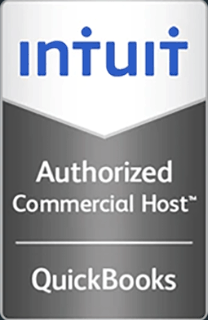For Hosting Customers – VMware’s vSphere Delivers – Performance
VMware’s virtual server and data center products, from their enterprise computing inspired VMware Infrastructure to their free bare-metal hypervisor ESXi, are known for providing reliable, flexible, and cost-effective platforms for creating, managing and running virtual machines on physical servers. For hosting customers, VMware ESX version 3 offered better performance than other virtual server hosting platforms, allowing the creation of more virtual servers per physical server than other environments.
While VMware Infrastructure took over the enterprise, hosting customers hesitated in virtualizing their largest application servers. To address their performance concerns, VMware rebuilt ESX for version 4, giving it the ability to process more and communicate faster, optimizing it for business applications, and increasing its speed and capacity for iSCSI storage operations. The result is vSphere.
vSphere is for Application Servers
With vSphere, hosting customers get more for their money compared to non-VMware-based hosting and even ESX 3 hosts. They get up to 8-way virtual SMP (symmetric multiprocessing) and 255 gigabytes of RAM; 8,900 database transactions per second, 200,000 I/O operations per second, and up to 16,000 Exchange mailboxes per host; increased iSCSI capacity; and support for 10 gigabit per second Ethernet.
The numbers are impressive, but what matters is what it can do for application server performance, storage performance, server responsiveness, and messaging speed.
vSphere Features 8-way SMP
vSphere allows a single virtual machine to use up to eight physical processor cores simultaneously, enabling the virtualization of CPU-intensive applications like databases, ERP, and CRM. For you, that means your company’s hosted virtual server can be used with your most demanding applications, the ones you thought would always be the source of either extremely costly server investments or slowdowns and user frustration.
vSphere is optimized to support business-critical applications, including Oracle databases, Microsoft SQL Server, and Microsoft Exchange. Applications you thought would always need to be run in-house can now be hosted remotely, so that you can get on with your own business, instead of getting bogged down in IT.
Increased iSCSI I/O
vSphere increases iSCSI input/output performance through optimized SCSI drivers and VMkernel-level storage stack optimizations. Optimized iSCSI allows messaging applications and databases to access data more rapidly. This can improve everything from your company’s internal communications to customer response times.
10 Gbps Ethernet
By adding support for 10 gbps Ethernet, hosts running vSphere can connect to storage over redundant 10 gbps links instead of link-aggregated 1 gbps Ethernet. This enables higher performance access to NFS and iSCSI storage, giving hosted servers increased application performance. And for those customers with multi-server deployments, intra server communication is now many times faster than before.
Where It Counts
VMware’s vSphere offers performance features to hosted companies that allow faster access, better communication among applications running on multiple virtual machines, and faster response times. Together, these features result in increased productivity, higher ROI, and more customer satisfaction—the kind of numbers your company is looking for.
vSphere Performance with Infinitely Virtual
To learn more about how VMware and the vSphere platform can increase productivity, ROI, and customer satisfaction through better performance, call (866) 257-8455 or go to www.InfinitelyVirtual.com. Let us show you how hosting with Infinitely Virtual can help you make your applications faster and your databases more responsive.





